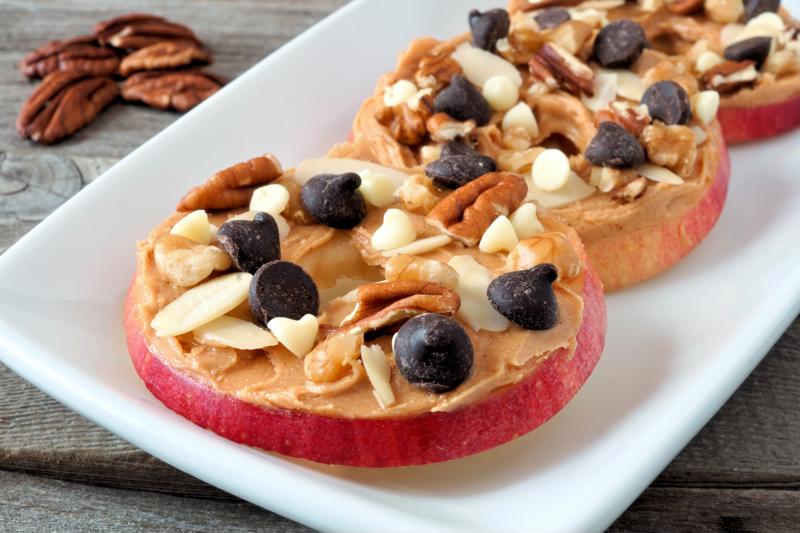A flexitarian diet isn't exactly a new concept. The American Dialect Society named it as one of their words of the year in 2003, and the concept likely has even older roots. Let's look at what a flexitarian diet is, why it's increasing in popularity and how both current chefs and online culinary school students can make effective adjustments to serve flexitarian customers.
 The flexitarian diet reduces the emphasis on meat and fish, but doesn't exclude them.
The flexitarian diet reduces the emphasis on meat and fish, but doesn't exclude them.What is a flexitarian diet?
Flexitarian is a portmanteau, combining the works flexible and vegetarian. It refers to a diet that emphasizes the consumption of food other than meat and fish, but doesn't totally disallow those items. Flexitarians may indulge in a burger, chicken breast, salmon fillet and many other types of meats a few times a week. They may even make a rare visit to an all-you-can eat fish fry or steakhouse. But they strive to avoid high levels of consumption of meat and fish, turning to a variety of other food sources to gain the necessary nutrients.
The flexitarian diet is, by definition, flexible. Some people may almost never eat meats and fish, while others may consume several servings each week. As you can likely tell, flexitarianism is less precisely defined than vegetarian and vegan diets. Ideas like meatless Mondays, where people set aside a single day each week to avoid meat and, potentially, fish, can serve as introductions to the full version of the diet. Although comprehensive flexitarian diet plans focused on weight loss exist, like this one featured in U.S. News & World Report, this doesn't have to be a concern for the people who adhere to the flexitarian concept.
Why do people choose flexitarian diets?
There are many reasons why people decide to follow this type of diet. Heavy consumption of meats and fish has a number of impacts, from health (especially from high, sustained levels of red meat, the National Institutes of Health pointed out) to environmental concerns. The BBC highlighted how a flexitarian diet developed by a group of international scientists working for the EAT-Lancet Commission addresses health and nutritional concerns while also taking into account environmental responsibility and sustainability in the face of an increasing world population.
How chefs can offer menu items in line with flexitarian ideals
The good news for chefs and restaurants is that someone following the general concept of flexitarianism doesn't absolutely need any special menu items, nor do they need specific ingredients excluded from dishes. To provide an array of relevant choices and attract these customers, however, you will want to offer a mix of recipes: some that that heavily feature meat or fish, some that use it as an accent as opposed to a major player, and some that avoid it entirely. Because flexitarians ration out their meat and fish consumption, some will save a serving or two for a visit to a restaurant. Others won't, so it's important to have as broad an appeal as possible.
One area to consider in particular is the overall structure of the menu. Outside of very special occasions, few flexitarians will want to eat an appetizer, soup or salad, entree and side dishes that all contain meat or fish. Ensuring that each menu category includes options with very little and no meat or fish will make it that much easier for customers to make choices that work for them. Again, things can be flexible. You simply want to ensure all types of flexitarians can have an enjoyable meal that aligns with their dietary choices, whether they've already eaten their allotment of meat and fish for the week or not.
Aspiring chefs who join our online culinary arts program develop the techniques they need to capably create meals of all types, appealing to flexitarians and many other eaters. To learn more, get in touch today!

